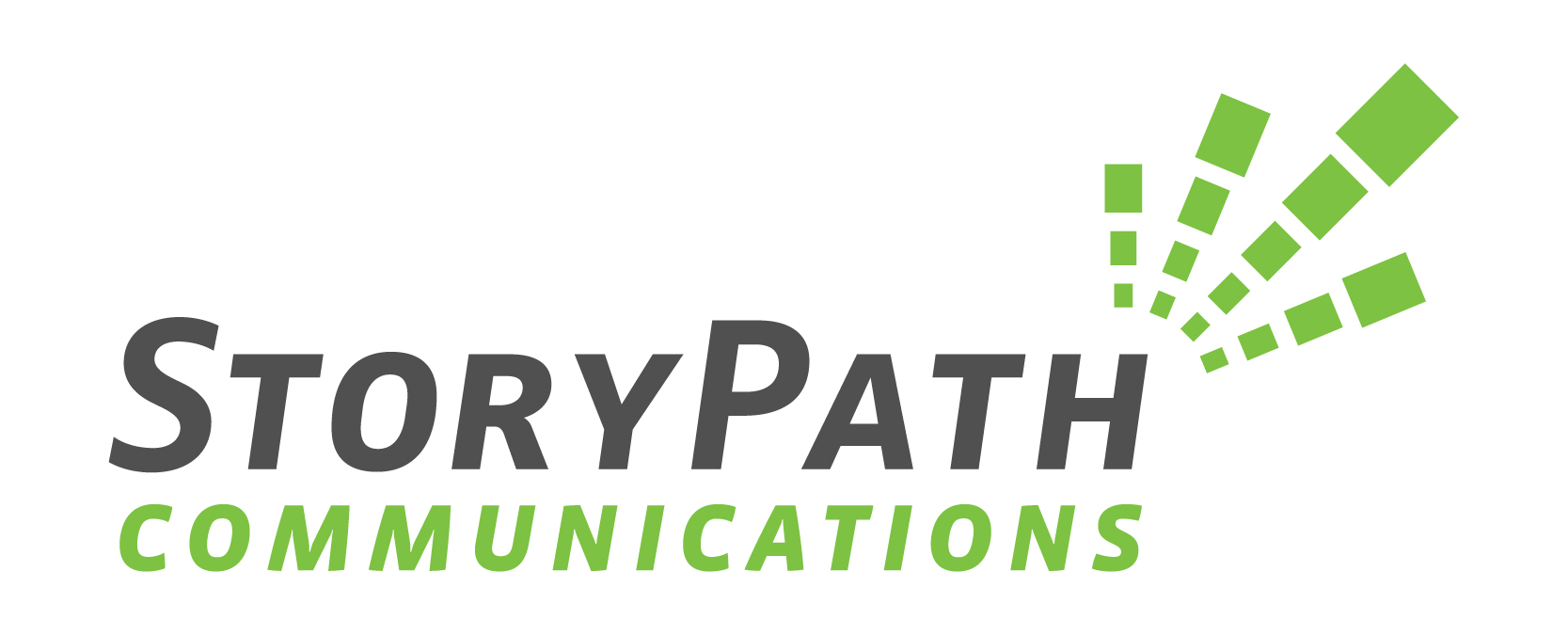Email marketing is a great opportunity for small businesses to increase brand awareness with their customers, but it’s often overlooked because of time, resources, or budget. One of the most important things to recognize when it comes to email marketing is quality matters more than quantity.
All too often, smaller organizations think email marketing isn’t a good fit for them because they don’t have enough content or time to send lots of emails or they don’t have a large email list. Here’s the good news: You don’t need a large email list, nor do you need to send daily (or even weekly) emails to find value through small business email marketing.
If you’re considering adding email marketing as part of your marketing mix, here are few other things to keep in mind.
Get permission to email people
Ever gone to a networking event, met a bunch of people, traded a few business cards, and then weeks or months later you’re suddenly receiving an email newsletter from that person you talked to for less than five minutes? Please don’t do that to people.
Trading business cards with someone (or pulling their email address from a list provided by your local chamber) does not mean they’ve given permission for you to email them. The best practice approach is to follow up individually or send one email after the event with a link to your email opt-in form.
Nearly every email service provider (the tool you use to send emails) requires that you have explicit permission from people to email them from their platform. Buying a list or using one that came with your conference registration or group membership or any other source is almost always a direct violation of the email platform’s terms of service and can get you kicked off the platform.
Focus on conversions more than list growth
Yes, if you’re using email marketing as part of your strategy to reach customers, you want to grow your list over time. But the list size isn’t all that matters.
Define what a conversion is for your company. If you’re a retail business, a conversion is likely an order. If you’re a professional services company, a conversion from email might be defined as getting the prospect to schedule an initial consultation. If you’re trying to drive conversions with your email, be sure you have some clear calls to action in your email content.
Review your list periodically
Over time as your list grows, some people on the list are going to stop engaging with your emails. As that happens, your open and click rates will decline, and that can eventually impact whether your email ends up in the inbox or in the spam folder.
That’s why it’s good practice to review your list periodically and run a report of people who haven’t opened in a while. If you send emails at least weekly, you might look at people that haven’t opened in six months. If you send emails once a month, you might look at a year. You can send them a quick email asking if they still want to be on the list and giving them the option to opt out. If they don’t open that email, consider removing them from the list so your list stays manageable and your engagement stats don’t further decline.
Email marketing is a great way to share your expertise with clients and prospects and help them get to know, like, and trust you over time. When you approach it strategically by getting permission to email people, focusing on conversions over list size, and periodically reviewing and cleaning up your list, small business email marketing can be a powerful tool.
If you need help with your email marketing strategy, reach out to the StoryPath team today. We’re here to help!

